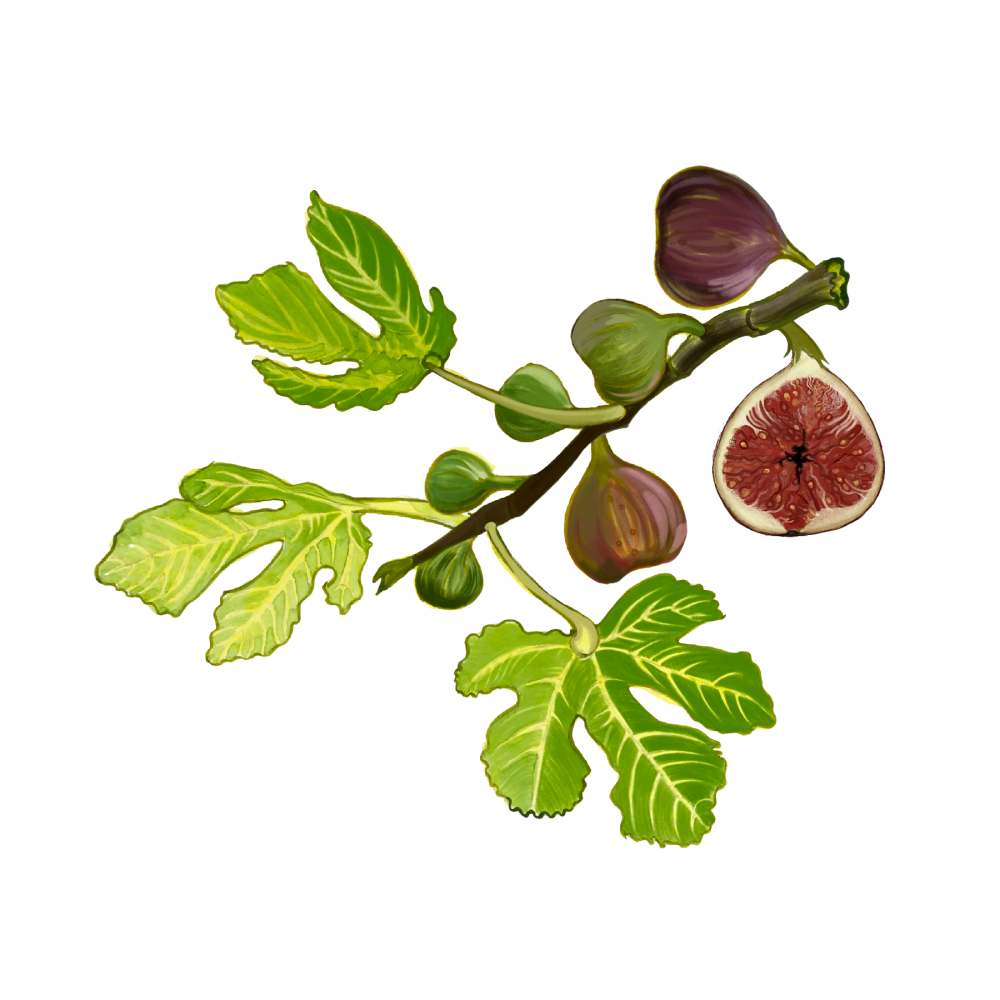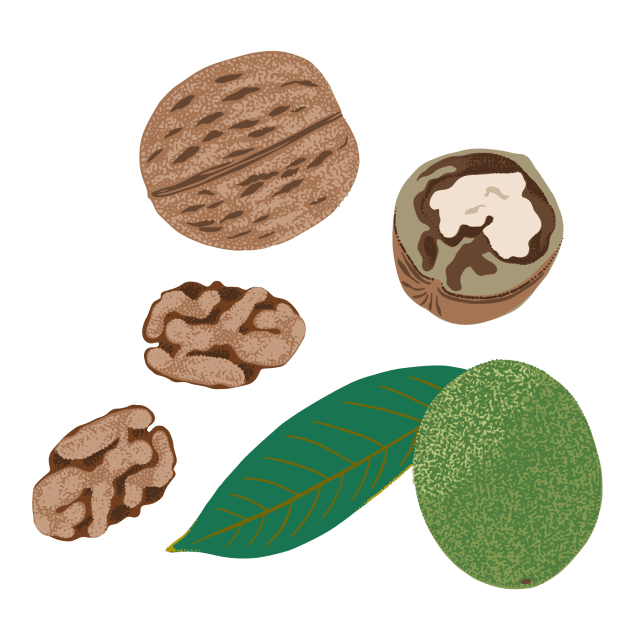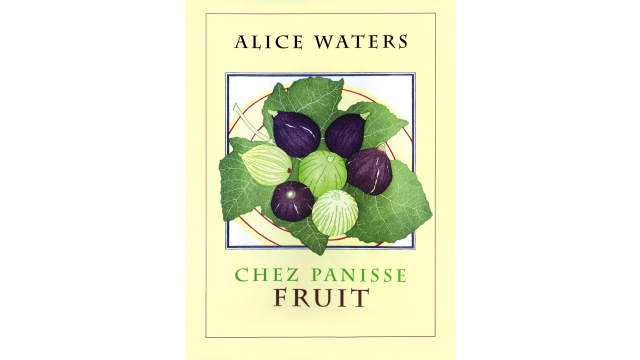Fig

Latin name: Ficus carica
Uses: fruit (fresh and dried)
What are figs?
Figs are plump, teardrop-shaped fruits that grow on small, deciduous trees with easily recognizable deeply lobed leaves. Fresh figs are either green or purple when ripe. White Adriatic, Brown Turkey, Calimyrna, Black Mission, and Kodota are the most common fig varieties available in the United States, but most of these are sold dried. Seek them out. Dried figs are a tasty and fiber-rich pantry staple that will improve any meal, and fresh figs in season are a revelation.
Why are figs healthy?
Figs contain several antioxidant flavonoids like vitamins A, E, and K, which help in scavenging free radicals, reducing inflammation, and lowering the risk of chronic diseases like cancer and diabetes. Fresh figs also contain B complex vitamins like niacin, pyridoxine, folates, and pantothenic acid. While the vitamin content of dried figs is lower, they’re much higher in fiber by weight.
What do figs taste like?
Fresh figs are succulent, honey-sweet (but not cloying) and slightly warm-spicy, with a crackly crunch from the seeds. There’s a subtle jammy fragrance to a ripe Black Mission fig that’s simply intoxicating. A Calimyrna has a nutty, tawny flavor. Dried figs are slightly nuttier and more raisiny, with a nice chew to them.
How do I use figs?
Fresh figs can be eaten just as they are, and you’ll never have a more beautiful cheese plate or Middle Eastern-style breakfast tray than when you strew it with fresh figs, halloumi cheese, olives, and crusty bread. Fresh figs don’t store or transport well, so enjoy them while they’re in season from late summer to early autumn.
If you’re lucky enough to have access to a fig tree, you can use the figs for jams and compotes, or poach them in syrup; slatko od smokvi is a traditional Macedonian whole fig preserve. If you cook the jam down until it’s very thick, you can use this paste in sticky buns or fig bars. You can also dry figs for enjoying throughout winter.
What do figs pair well with?
Figs pair beautifully with honey and walnuts. To play this up, stew them into a sticky jam (mix with walnuts at the end) for a divine rugelach filling, or stuff fresh figs with blue cheese and walnuts, roast, and drizzle with honey.
Where do figs grow?
Figs hail from the Mediterranean and western Asia, and though there are a handful of varieties that grow in temperate climates, most don’t really tolerate cold weather. Turkey still produces more than a quarter of the world’s total supply; they and nearby North African countries provide most of the rest of the world’s supply. In the United States, most figs are commercially grown in California.
How to buy figs:
Fresh figs should be plump and tender, yielding easily to a poke. Dried figs should have a little shine and give to them; if they’re hard and shriveled keep looking.
Fun fig fact:
When figs are grown the old-fashioned way in their natural habitat — with specialized fig wasps — the female wasp is sometimes trapped inside the fig while laying eggs. Some people think the unique crunch of figs is from dead wasps, but it’s not; figs produce a chemical called ficin which effectively digests the wasp.




